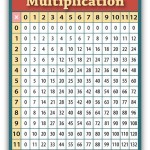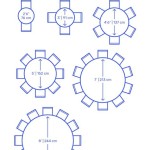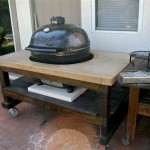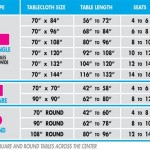Scissor Truss Span Table: A Comprehensive Guide
Scissor trusses are a versatile and efficient structural system commonly used in various construction projects. They offer a unique combination of strength, stability, and aesthetics, making them a popular choice for roof supports, bridges, and other applications. Understanding the span capabilities of scissor trusses is crucial for architects, engineers, and contractors to ensure structural integrity and design optimal solutions. This article provides a comprehensive guide to scissor truss span tables, covering their purpose, interpretation, and key factors influencing span capabilities.
What is a Scissor Truss Span Table?
A scissor truss span table is a reference tool that outlines the maximum allowable spans for different scissor truss configurations based on specific load parameters and material properties. It typically presents a range of truss dimensions, including the number of panels, chord lengths, and web member sizes, along with corresponding maximum spans for various load conditions. These tables serve as a valuable resource for structural engineers and designers, enabling them to quickly determine the feasibility of using scissor trusses for a particular project and identify the optimal truss configuration for the desired span.
Key Factors Influencing Scissor Truss Span Capabilities
Several factors influence the span capabilities of scissor truss systems, including:
1. Truss Configuration and Geometry
The configuration and geometry of a scissor truss significantly impact its strength and capacity. The number of panels, the angle of the scissor legs, and the length of the chords all play a role in determining the maximum span. Generally, a truss with more panels, a steeper scissor angle, and longer chords can accommodate longer spans. However, the specific geometry must be carefully considered to ensure structural stability and prevent buckling or instability.
2. Material Properties
The material used for the scissor truss members, such as steel or timber, has a direct impact on its strength and stiffness. Steel trusses typically offer higher strength and stiffness compared to timber trusses, allowing for larger spans. The material's yield strength, modulus of elasticity, and density are important considerations when determining the allowable span.
3. Load Conditions
The loads applied to the scissor truss system, including dead loads, live loads, and environmental loads, significantly influence the required strength and stiffness. Dead loads consist of the weight of the truss itself and any permanent fixtures attached to it. Live loads represent the variable weight of occupants, furniture, or equipment. Snow, wind, and seismic loads are examples of environmental loads that must be factored into the design.
4. Design Standards and Codes
Building codes and structural design standards provide guidelines and regulations for the design and construction of scissor trusses. These standards specify minimum safety requirements, load factors, and material properties that must be met to ensure structural integrity. Adhering to these standards is crucial for ensuring the safety and reliability of the scissor truss system.
Interpreting Scissor Truss Span Tables
Understanding how to interpret the span tables is essential for effectively utilizing them. Typically, the tables present a range of truss dimensions, load conditions, and corresponding maximum spans. Each row represents a specific truss configuration with varying dimensions and load scenarios, while each column corresponds to the maximum allowable span for that configuration under different load conditions. The tables may also include additional information such as the truss's weight, material properties, and design factors.
To use the span table, identify the desired truss configuration based on the project requirements, including the number of panels, chord lengths, and member sizes. Thenlocate the corresponding row in the table and find the column representing the intended load condition. The intersection of the row and column will indicate the maximum allowable span for that specific configuration and load scenario.
Conclusion
Scissor truss span tables are valuable tools for architects, engineers, and contractors, providing crucial information about the structural capabilities of various truss configurations. By understanding the key factors influencing span capabilities and properly interpreting the tables, professionals can optimize their designs and ensure the safe and reliable application of scissor trusses in construction projects.

Scissor Truss Plan Timber Roof Design

Scissor Trusses And Baffles In Vented Roof Assembly Greenbuildingadvisor

Timber Trusses Nest Timberhome Design

Square Beam Scissor Truss 4 12 8 Pitch

S Web Track

Truss Calculator Barlow Inc

Structure Long Span Open Web Trusses

Scissor Truss Roof Framing

Designs For Glued Trusses

King Post Truss Calculations Observatories Cloudy Nights








